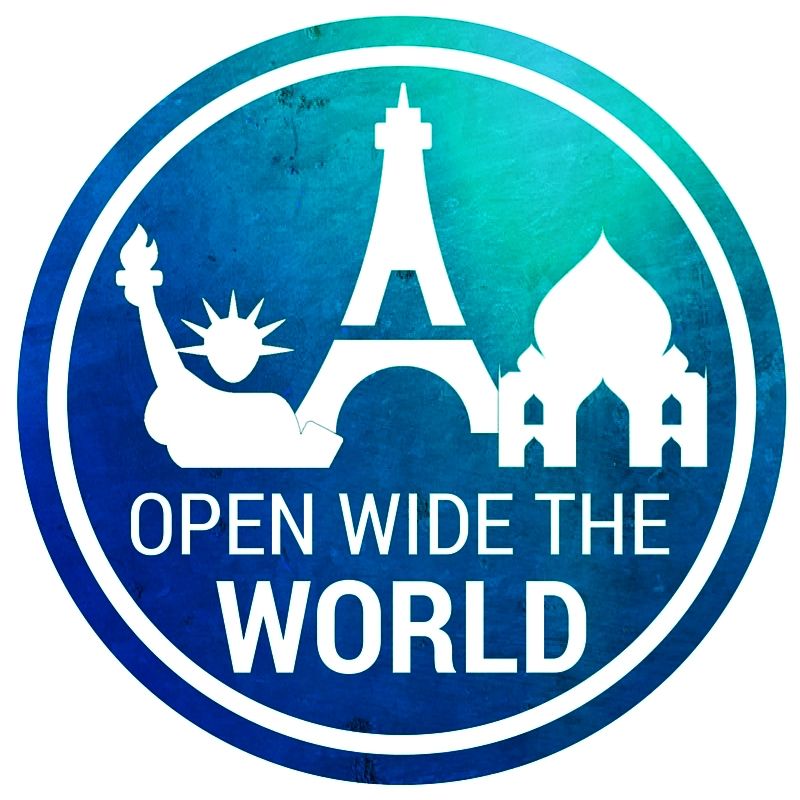Open Wide the World Through Books: October 2018 Edition
Our family is spending 2018 reading books aloud that transport us to times, places, cultures and events from throughout history and from around the world. After reading a book, we're following inspiration wherever it takes us: a nearby restaurant (May), a charitable donation (July), or even a 17th Century baking activity (last month).
Read all about the origin of this series here or jump right in with our October pick for "Open Wide the World through Books!"
We participate in Amazon's affiliate program, which allows sites to earn advertising fees. There is no additional cost to readers making Amazon purchases through our site.
This historical fiction book takes place in a government-run boarding school for Native American children in Pennsylvania in the 1880s.
The publisher says:
In the 1880s, the American government, in cooperation with various church groups, decided to take Native American children from reservations and educate them at residential schools … to see to it that the "Blanket Children" would be assimilated into American society.
Indeed, Indian chiefs allowed the children to attend the schools because they saw their way of life disappearing, and they saw the need for their children to be educated.
Nannie Little Rose's diary is filled with experiences at Carlisle Indian Industrial School in Pennsylvania.
While Nannie deals with being pulled between two cultures, she also flourishes at the school, learning to read and write and gaining self-confidence and courage.
We say:
Julie (mom): This book was a thoroughly engaging way to have a first look at a little-known era of US history. While it was one of those hard-to-put-down books, please see the “our rating” section for a caveat before deciding if this book is right for your family.
Homer (dad): We’re in one of Homer’s busy seasons at work again, so he didn’t join us for this book; Mag and I read it together ourselves.
Mag (10 y/o): This book was sad but also interesting. I liked learning about history from a different persons’ perspective. And I like learning about the Sioux’s ways of doing things and how people lived a long time ago.
But it was sad that the Indian children had to change they way their tribes had been doing things for centuries when they went to the government schools.
Our rating (on a scale of 1-10): 7
Our rating would have been a 9+, if it weren’t for this caveat:
A deeper dig into history will reveal that several historical inaccuracies exist in this book, some of which are fairly major (e.g., the head of the school, Captain Pratt, is presented in the book as relatively benevolent; whereas, he is understood, historically, to have been emotionally and physically cruel; among other inaccuracies).
While we would feel immensely better recommending this book if it would have been 100% historically accurate, we do not hesitate to recommend it with that caveat the readers use this as a starting point to stimulate further awareness and reading on this important era of history that few of us learned in school, and not accept the book as their sole source of information on the topic.
Extension Activity
While reading this book, we became aware of a consistent critique amongst Native American reviewers: that this book does not well represent the Native American experience.
We appreciate the awareness the book brought to us, but felt compelled to further explore the culture that was apparently poorly represented in the book.
So this month’s extension activity was a mini study of the Lakota people. Lakota, we learned from Native American book critics, is how Nannie Little Rose, had she been real, would have referred to herself, rather than calling herself Sioux.
We used the free worksheet (pictured) as a framework to look deeper into this rich culture - an important complement to the book.
For a true story of a Native American child who endured the government boarding school experience of being told his native language was useless, but then went on help end a war with its use, we highly recommend Chester Nez and the Unbreakable Code: A Navajo Code Talker's Story.
Has your family read an historical eye-opening book?
Share your recommendations in the comments!
Interested in visiting a Native American site?
→ Don’t miss our Guide to Etiquette & Awareness when Visiting Native American Sites! ←



